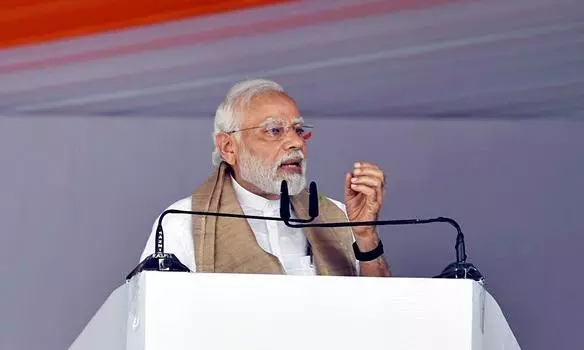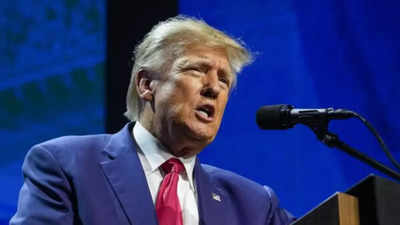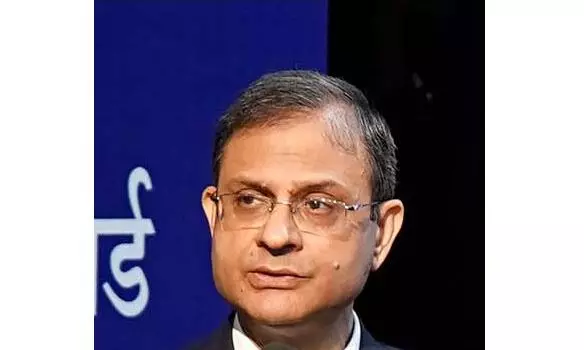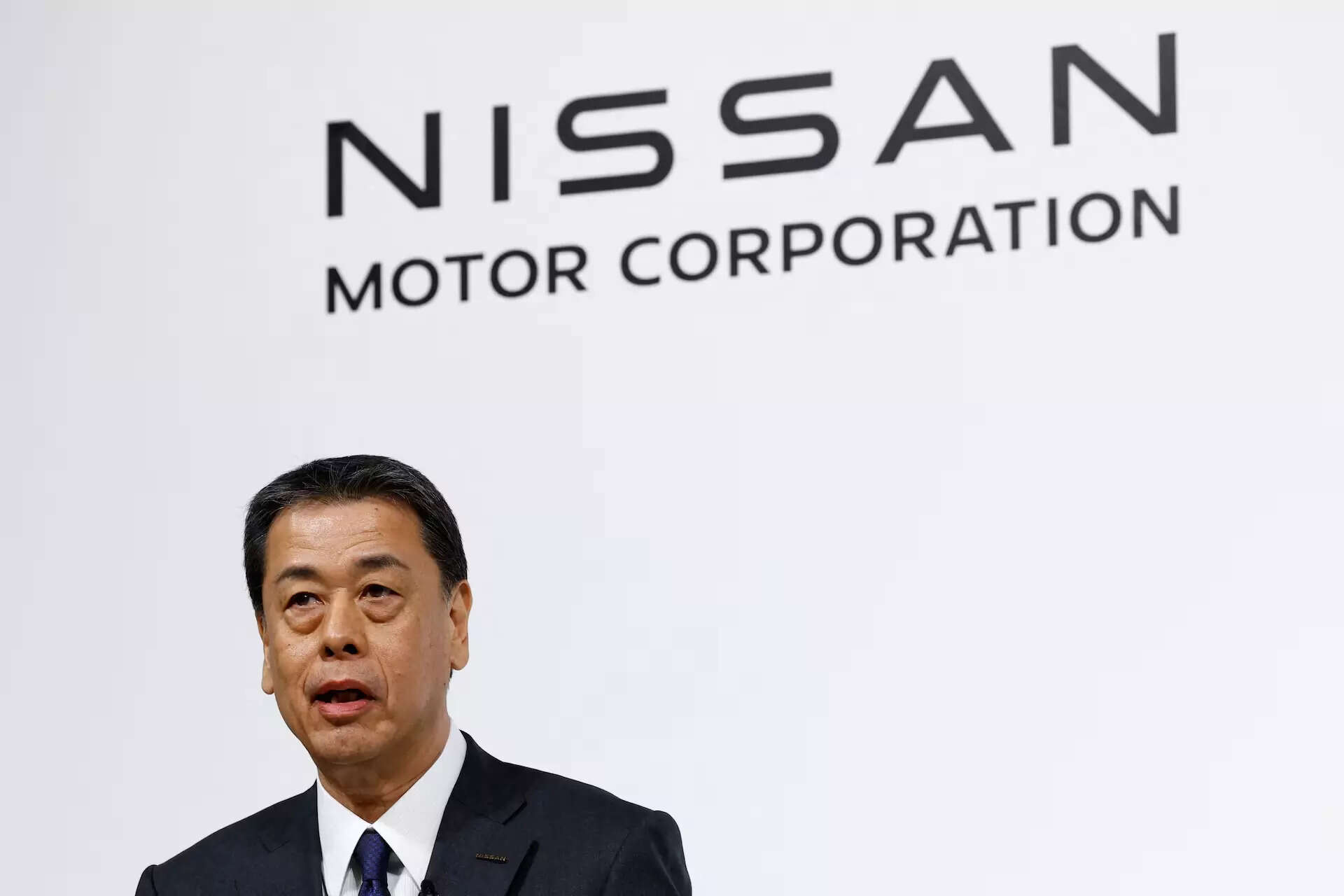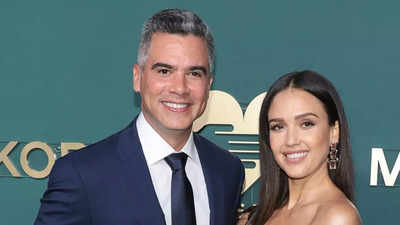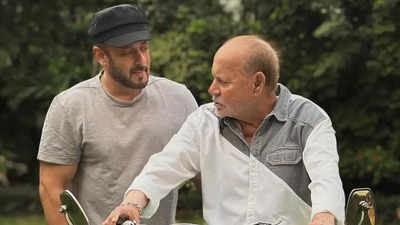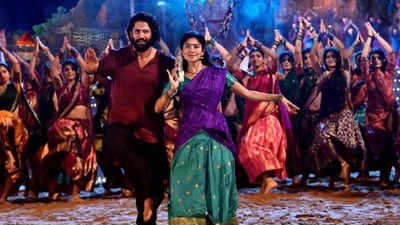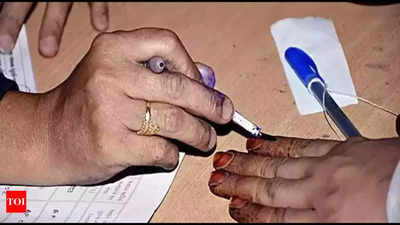Kylo Ren’s new comic has had a fascinating start so far. There’s something both fitting of the comic and its protagonist itself that the titular sequel trilogy antagonist has not really been the attention-drawer—from its pointed subtitle, Legacy of Vaderbeing how the book has been pushed to audiences, to the recent hubbub that emerged not because of anything Kylo himself would be doing in the new series, but something Vader would. Kylo Ren has always lived in the shadow of his grandfather, within the text of the sequels and within Star Wars as a broader franchise: and he might be about to learn just why.

Legacy of Vaderfrom writer Charles Soule and the art team of Luke Ross, Nolan Woodard, and Joe Caramagna, began this week in a fascinating moment—the hours in the aftermath of The Last Jediwhere the newly titled Supreme Leader of the First Order found himself humbled by his former Jedi master, and rejected by the woman who had sought to understand him the most. We know that by the time The Rise of Skywalker would roll around that Kylo Ren, while still vulnerable and ultimately capable of self-reflection and redemption, would be in a very different emotional state to the one we left him in in Rian Johnson’s middle chapter, but Legacy of Vader mines that potentiality for all its worth with one simple reminder: Ben Solo is just an angry, petty young man.

The opening issue of Legacy of Vader is, essentially, an extended strop on Kylo’s behalf. From selling the lie of Snoke’s death at his hands, to ever-vacillating relationship with Hux—who he can’t decide is either trusted enough to be the one person he can rely on, or is a lickspittle that’s only worthy of meaningless, empty gestures like building him a new throne—it’s made clear that Kylo’s immediate reaction to the events of The Last Jedi were raw, unadulterated anger, lashing out at the world around him, rather than anything that required any particular internal examination. It’s Luke’s fault, it’s Snoke’s fault, it’s the Resistance’s fault, it’s Rey’s fault—none of this is on him—but it is especially his past’s fault. And Kylo Ren needs it dead in the ground.
Yes, Legacy of Vader builds itself around that iconic Last Jedi line—but it crucially understands that while metatextually “Let the past die, kill it, if you have to” was the temptingly freeing (and destructive) polemic against the state of Star Wars‘ nostalgia for itself, it was also the words of a bitter young firebrand who was blind to the need to examine that past, accept it, and move on from it. That is a process that Legacy of Vader‘s Kylo Ren has still yet to go through in any capacity, and so we begin not with the march of a new Supreme Leader’s tyrannical power grab on a galaxy in chaos, but a checklist of places Kylo Ren wants to go to eradicate his personal history as messily and as completely as possible.

That list starts, naturally, at Vader’s own seat of power: his castle on Mustafar. But there, Kylo encounters a surprising figure in the form of Vaneé, Vader’s own former attendant (transformed into a grim floating head in a jar implanted into a large cyborg body, because would Vader seriously consider relieving his underlings in the event he thought he might be going to his death in Return of the Jedi?), who slowly begins to make Kylo Ren realize that it is a connection to his past that defines him, just like it did his grandfather before him.
One thing contemporary Star Wars has excelled at exploring, especially in the comics, is making something of the bridge between the Anakin Skywalker of Clone Wars and the prequel movies and the man underneath Darth Vader’s armor. We’ve been constantly reminded in characterization and in action that these are, at the end of the day, the same people—and that in particular, for all that he would say it out loud to his opponents, Vader never escaped his past life as Anakin. He could never, in the framework of Kylo Ren’s destructive ideology, let the past die, or kill it himself. That’s what Vaneé argues to Kylo. The connection to his past in his grandfather is what has brought them together and for Kylo to even access the castle on Mustafar in the first place, and in that connection there is power. Vader held onto his past instead of carving it away from himself, and in his anger reckoning with the tragedy that befell him in his fall to the dark side, he found power to embrace. If Kylo Ren explores Vader’s past, Vaneé argues, he too will see the power into holding on to it, the rage that can come from letting those slights and injustices fester, as all good acolytes of the Sith crave.

Or at least that’s Vaneé’s pitch to Kylo in this moment—a similarly angry young man enraged by the hand the galaxy has dealt him, or really, enraged in spite of it. Kylo agrees; if he holds on to that petty, destructive rage, further power in the dark side awaits him. But we know that for both Darth Vader and Kylo Ren, that the strength they found in holding on the past and the ties that bound them to it ultimately lead them on a path of redemption, rather than one on the way to greater evils. It is that which will eventually make Ben Solo step out of his grandfather’s shadow and finally stand in thematic parallel with him, rather than any kind of anger or power. In Legacy of Vaderit seems like he’s going to finally begin the journey to that realization… even as he starts out on it for a much more misguided reason.
Want more io9 news? Check out when to expect the latest Marvel, Star Wars, and Star Trek releases, what’s next for the DC Universe on film and TV, and everything you need to know about the future of Doctor Who.


